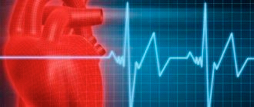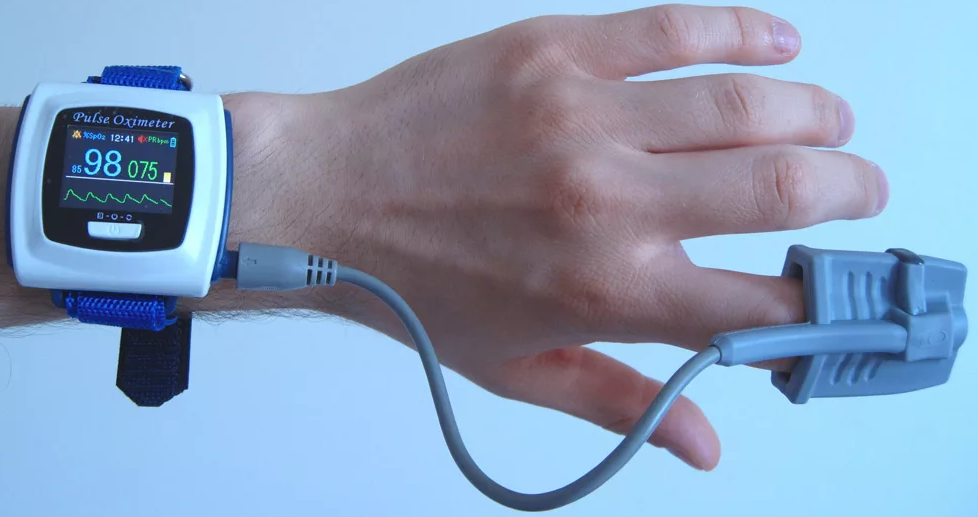How to correctly determine the pulse. Normal for an adult
The habit of checking your pulse can be classified as important and advisable. The modern rhythm of life requires sufficient tension in the nervous system and heart muscle in adults. You can learn to properly control the vital activity of the heart by regularly checking your pulse and taking preventive measures if interruptions occur. Pulse is the main indicator of the body's functioning.
Let's get to the bottom of it:
Study parameters
Each heartbeat creates oscillatory impulses in the arteries. The wave difference of oscillations transmitted throughout the arterial network has a medical term - arterial pulse.
For an adult, there is no single digital value to determine the heart rate. Under the influence of various factors, wave fluctuations change during the day; after a run, the pulse quickens, this is due to the body’s need for additional oxygen. During sleep, the heart rate slows down significantly.
Medical observations agree that the pulse of an adult who does not suffer from chronic cardiovascular diseases should be in the range of 60-80 beats per minute in a calm state.
Deviation from this norm cannot be evidence of poor functioning of the heart and blood vessels, since a change in pulse may signal adaptive reasons that a particular organism is experiencing.
With an integrated approach, when calculating how many heart beats per minute the body produces , the time pause between impacts is calculated. A healthy heart contracts rhythmically, without additional pauses, and there is no acceleration or decline. In this case, the pulse may be higher than the statistical average, but rhythmic with regular and equal pauses.
Cardiac arrhythmia is observed when the pulse is abnormal, there are significant pauses and a large acceleration of the rhythm.

Age indicators when measuring pulse
If you measure the pulse of a child under one year old, its normal readings will show 140 beats per minute. This indicates normal development of the cardiovascular system. After 1.5 years, the heart rate begins to decrease; the norm at the age of three is considered to be 95 beats per minute.
By the age of 15, the heart sets the parameters of an adult, with a frequency of 60-80 beats. By this age, the heart muscle is already fully formed.
After 30 years, medical indicators of normal heart rate increase. By age 60, it approaches the 85-100 mark.
Heart rate also depends on gender. A woman's pulse is 5-15 units higher than a man's. This is due to the difference in the size of male and female hearts. A heart rate of 50 beats per minute is normal for men, while for women it may be a sign of hypotension.

What pulse should be measured?
Arterial pulse is taken into account. In accessible places (wrist joint, jugular notch), a nearby artery is felt with your fingers and a count is made using a stopwatch. If the pulse is measured in the arms, a count should be made on both the right and left rivers, since overstrain of the arm muscles and possible compression of the arteries may not provide an objective assessment.
In addition to arterial, venous, hepatic and capillary pulses are determined. Calculations of these oscillatory parameters enable specialists to determine vascular tone and correctly diagnose many cardiac disorders.
In cardiology, the following criteria are defined:
- Pulse rate.
- Speed.
- Rhythm.
- Ripple wave voltage.
- Artery filling.
Medical calculation of the frequency of the pulsation wave is carried out in an interval of 30 seconds. The result is then multiplied by two. You cannot determine the frequency during increased agitation, immediately after taking tonic drinks (coffee, tea), or after physical activity.
The correct rhythm is calculated within 1 minute. If the beats are uniform, then the clarity and normality of the pulse are determined.
The speed is determined by the amplitude of the rise and fall of the arterial wall. A particularly high amplitude is observed in cases of disturbances in the functioning of the aorta or immediately after heavy physical exertion.
When determining pulse voltage, note the nature of blood pressure on the walls of the artery. Medical parameters determine soft and hard pulse.
Pulse filling is a purely medical parameter; it includes a combination of tension, speed and rhythm.
When counting the pulse in various arteries, specialists use different procedure techniques. Computer measurement is often used, with the ripple line displayed on the monitor screen.
Diagnosis of diseases
By correctly calculating the pulse, you can identify and diagnose various diseases. At the same time, if you independently and regularly check your pulse, the detected deviation in the heart’s functioning can be quickly eliminated.
- Tachycardia. The first symptom of this disease is a rapid heartbeat. The heart rate increases accordingly.
- Bradycardia. With a significant decrease in pulse beats, this disease is diagnosed. A symptom of pulse deficiency occurs, this is the cause of premature heart contractions.
- Arrhythmia. Disturbances in heart rhythm and blood wave lead to interruptions in arterial pulsation. Fading and increased heart rate can be clearly felt when measuring the pulse in the jugular notch.

In addition to the main diseases, by counting the number of beats and their rhythm, various abnormalities in the functioning of the vascular system are diagnosed. Narrowing of the aorta, atherosclerosis, etc. With viral diseases and fevers, changes in the structure and frequency of the pulse are also noted.
It should be remembered that the pulse is only an indicator of the functioning of the entire cardiovascular system; by paying attention to proper nutrition, proper rest and quality sleep, you can maintain the pulse and blood pressure of an astronaut until old age.
Video: Pulse. What does his silence say:




